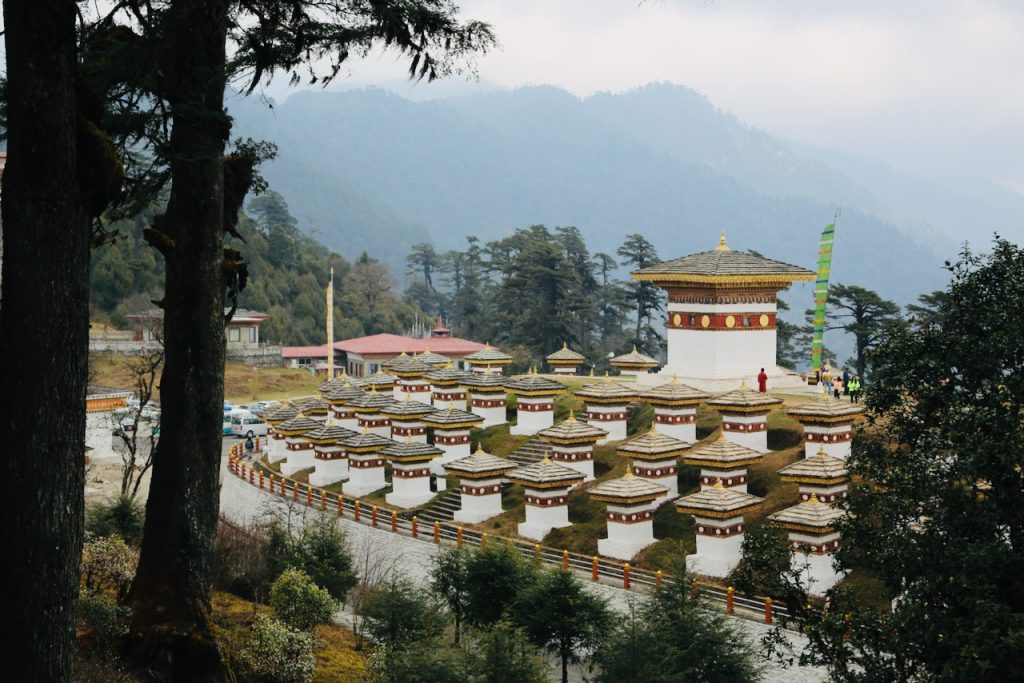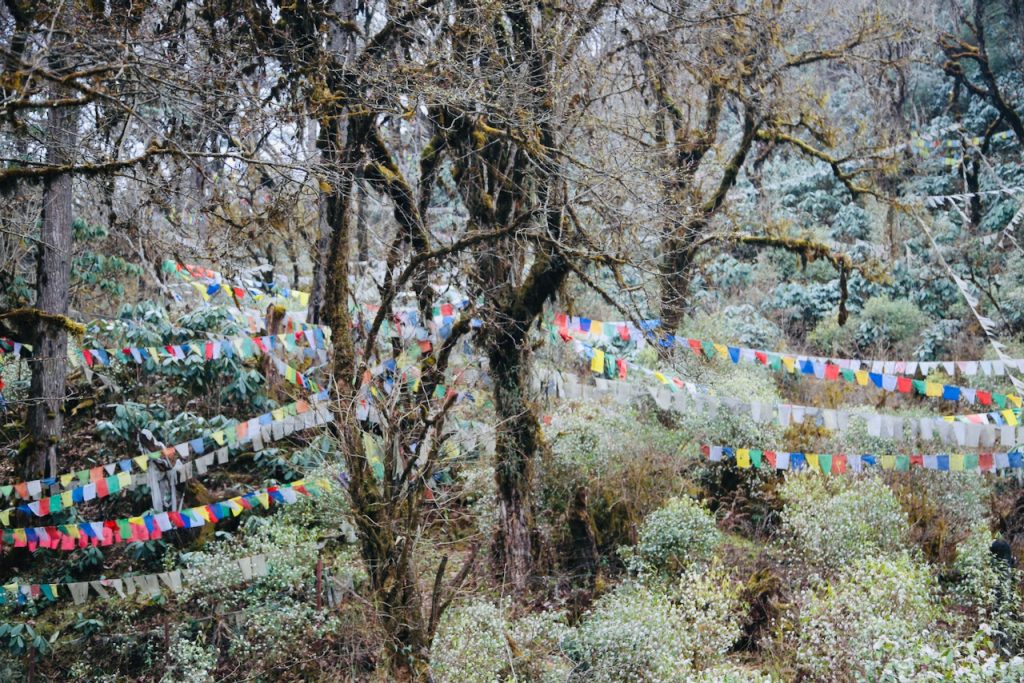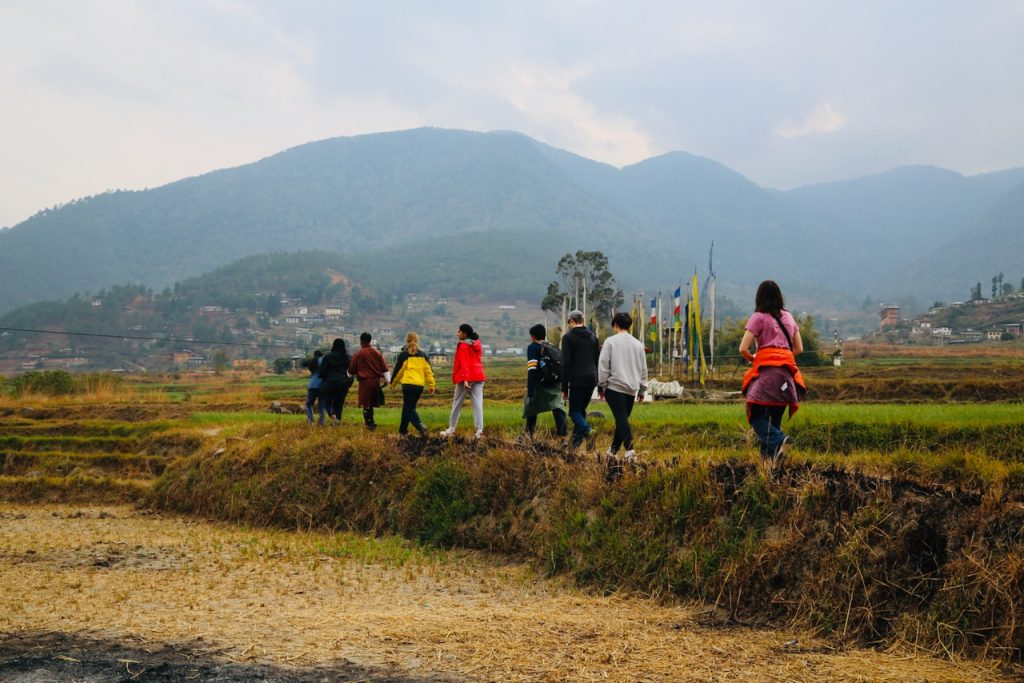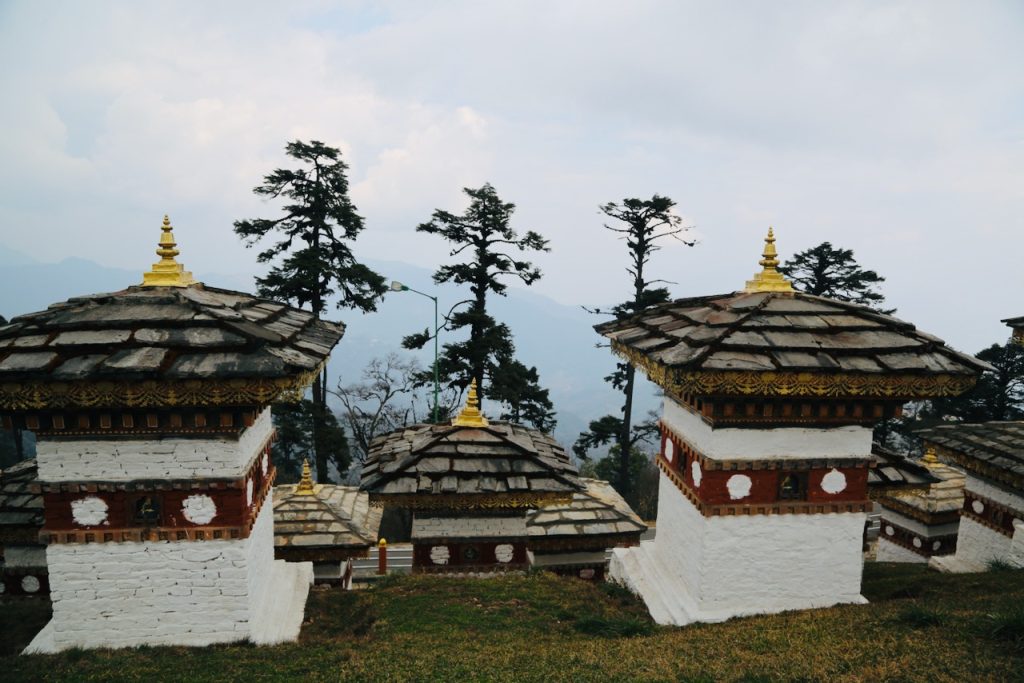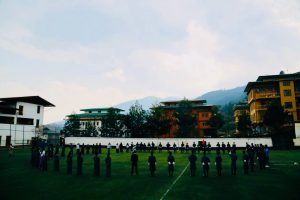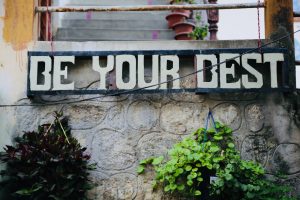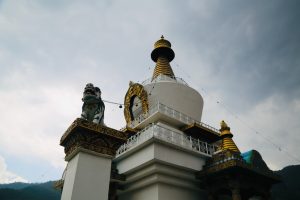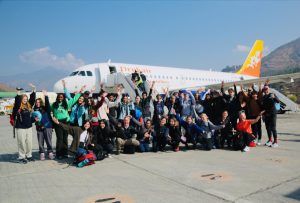Preserving the Past, Embracing the Future
- Posted on
- By Tom Z.
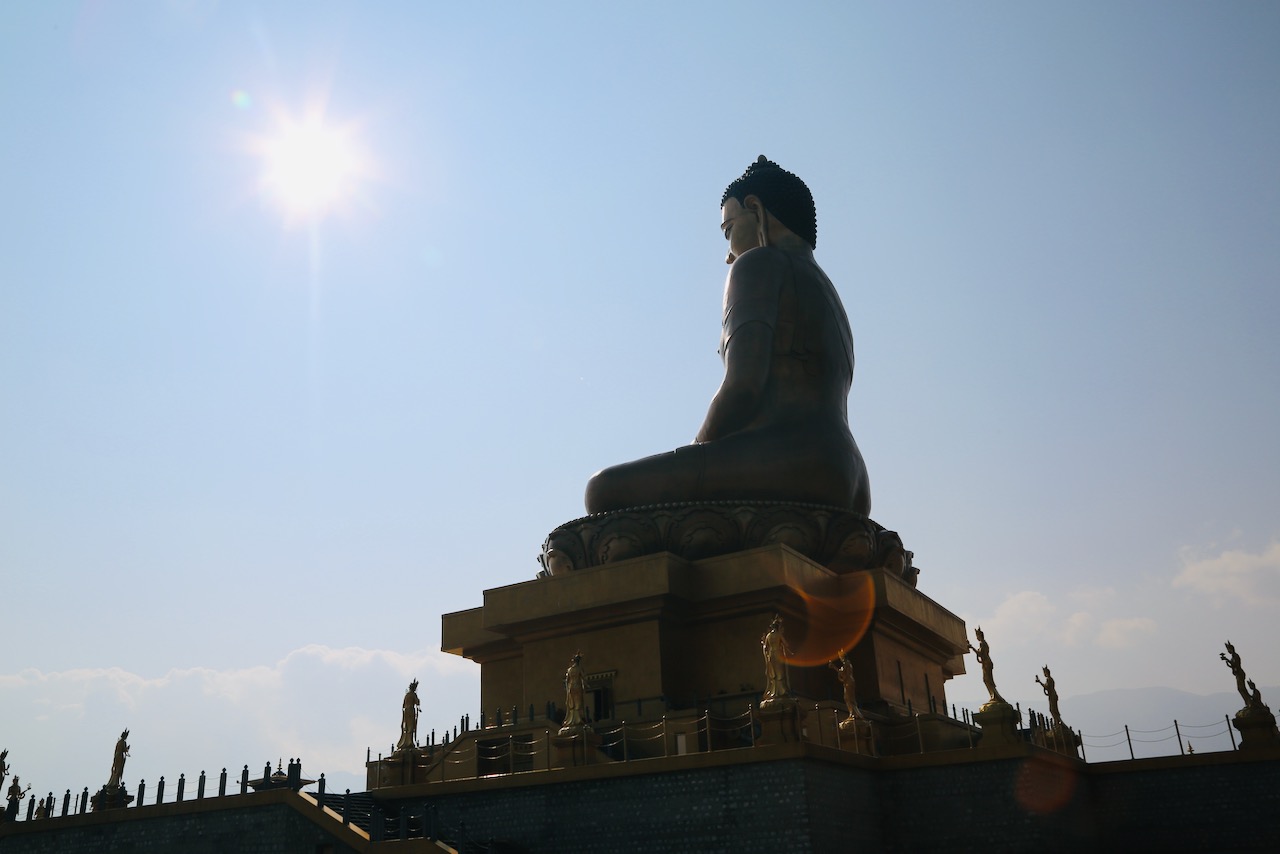
After enduring four grueling days of constant travel and unending plane flights, we were ecstatic to finally experience a full night of sleep. After waking up energized and ready to go, we started off the day early in Thimphu, the capital city since 1955 (replacing Punakha). The prospect of a full day of adventure and exploration had us quickly finishing breakfast and packing all of our things. After a quick debrief of our previous day’s events and a review of the day’s itinerary, we embarked on our journey to our first destination: The Great Buddha Dordenma.
Situated on the side of a mountain in Thimphu, the Great Buddha Dordenma is the largest statue of a Buddha in Bhutan (and one of the largest in the world), sitting at just over 55m tall. Its construction was to celebrate the 60th anniversary of the 4th King of Bhutan, Jigme Singye Wangchuk. The statue is composed of bronze and the third eye composed of a pure 12 carat diamond. One of the perks of starting the day early was being able to see the statue and its giant base almost completely empty. The outside of the structure was visually stunning from its sheer size and massive base, with a great view of the city of Thimphu surrounded by mountains behind us. The inside of the Buddha was just as impressive (while we were unable to take photos), housing 1000 mini bronze Bhuddas donated by the citizens of Bhutan. I personally loved how each of the small Bhuddas were different. The Great Buddha Dordenma is not only a religious symbol but also an architectural marvel that showcases Bhutan’s traditional craftsmanship and artistic excellence.
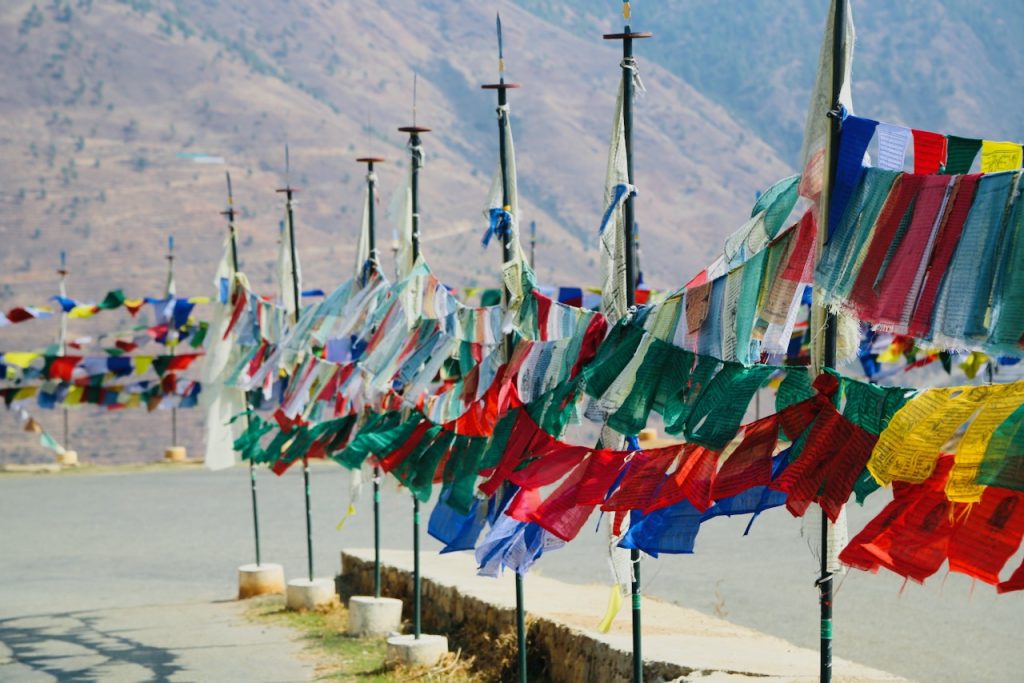
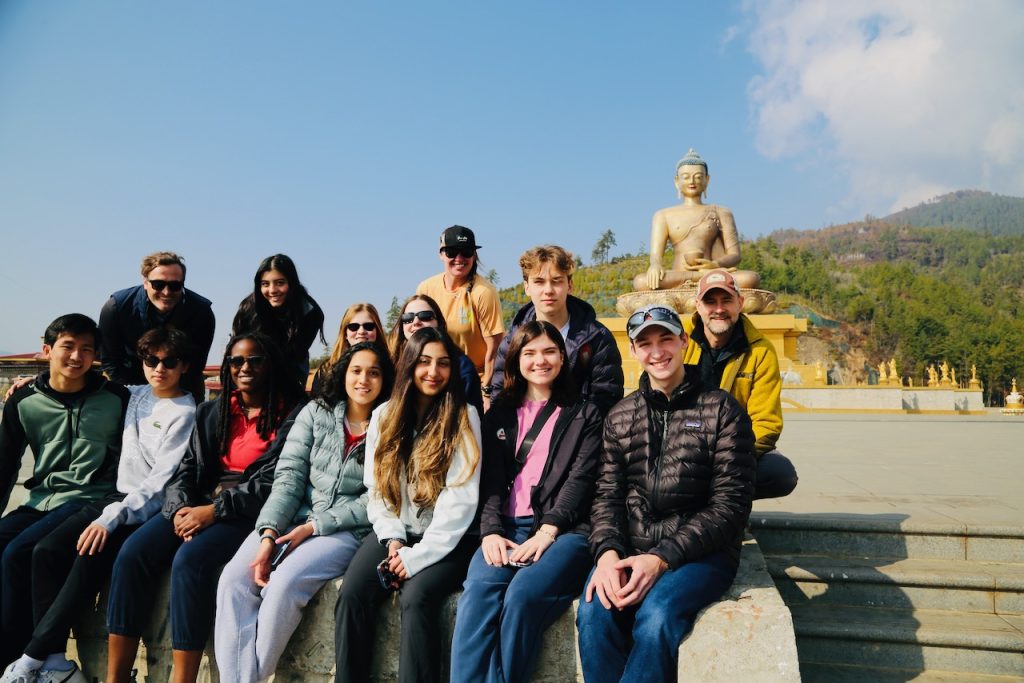
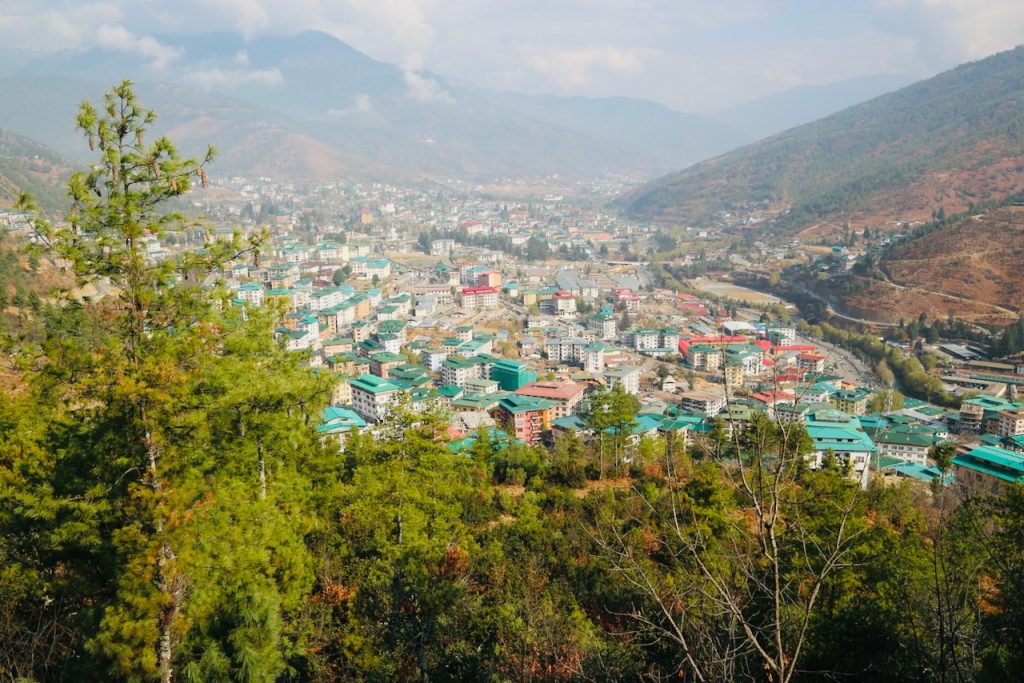
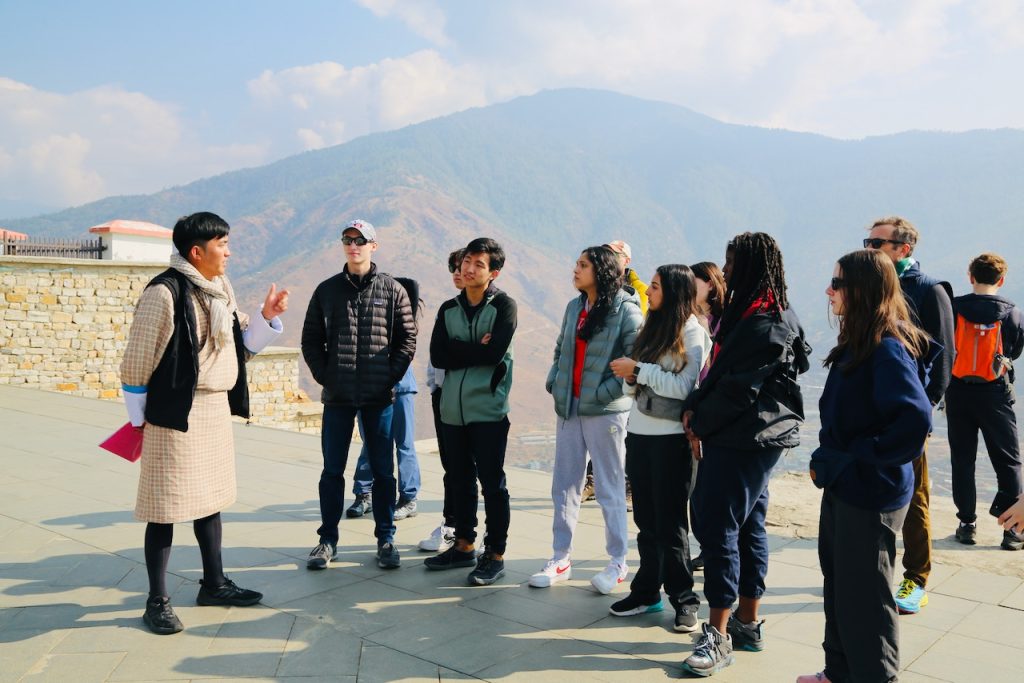
Our next stop was at Dochula Pass (3140m). On the way we were able to see the beauty of the mountains as we drove through narrow roads. One of the things we noticed on this drive and throughout the day were the numerous prayer flags situated on the mountainsides. These prayer flags are vibrant pieces of cloth bearing inscriptions of prayers, while the Manidhar’s are lofty white prayer flags erected in honour of departed loved ones. Once we arrived the elevation difference immediately hit us, and short hikes around the pass had us stopping to catch our breath. Dochula Pass contained 108 chortens erected to honour the Bhutanese soldiers who died in the December 2003 battle against West Bengal insurgents from India. The origins of Bhutan’s National Day lie here, where King Jigme Singye Wangchuk gave the Indian insurgents until December 17th to leave the country. Taking in the view as well as exploring the pass we began to realize the importance of remembering those who helped shape the country into what it is today. While many would consider the 2003 war a victory, the King believed the true importance of this conflict is the remembrance of those who sacrificed their life.
Our final destination of the day came after a warm lunch in the city of Punakha, the previous capital of Bhutan. We completed The Divine Madman Hike and arrived at Chimi Lhakhang. The site was built in 1499 after it was blessed by Drukpa Kunley, also known as “The Divine Madman”. Lama Kunley was known for his unorthodox actions such as wearing only half of his uniform, which is not allowed for monks. Perhaps his most famous act was subduing a demon of Dochula (origin of the name Dochula pass) and trapping it in the chorten next to the temple. The iconography found throughout Punakha symbolizes fertility, good luck, and protection against evil spirits. Many families will come to the temple for good fertility and blessings for their children. For me, the temple represents the unique cultural heritage of Bhutan and its willingness to embrace its unique beliefs and practices.
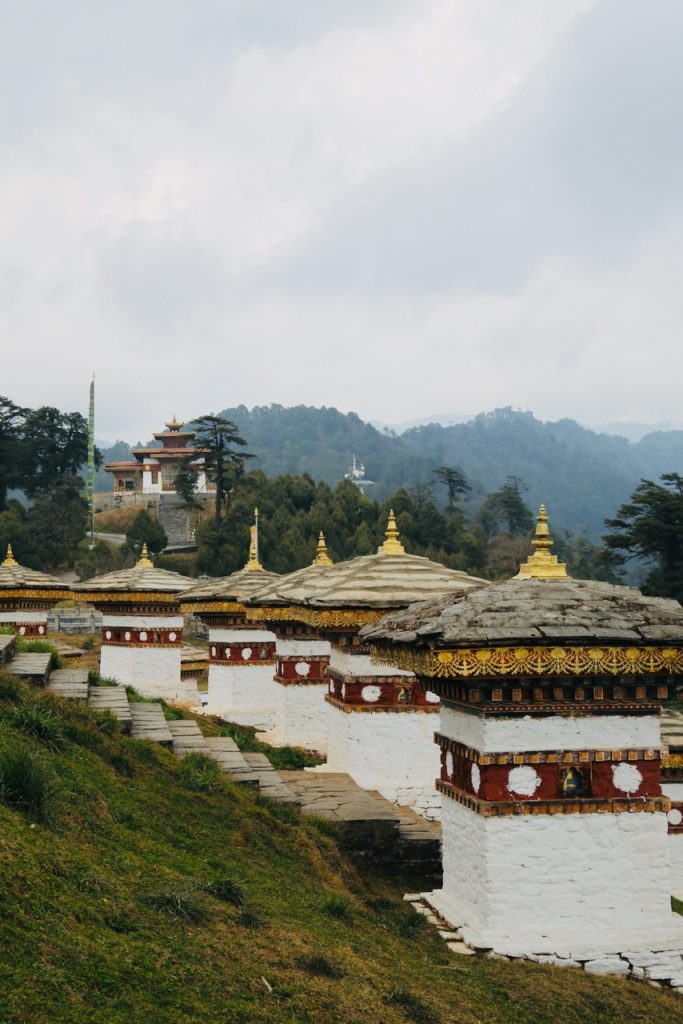

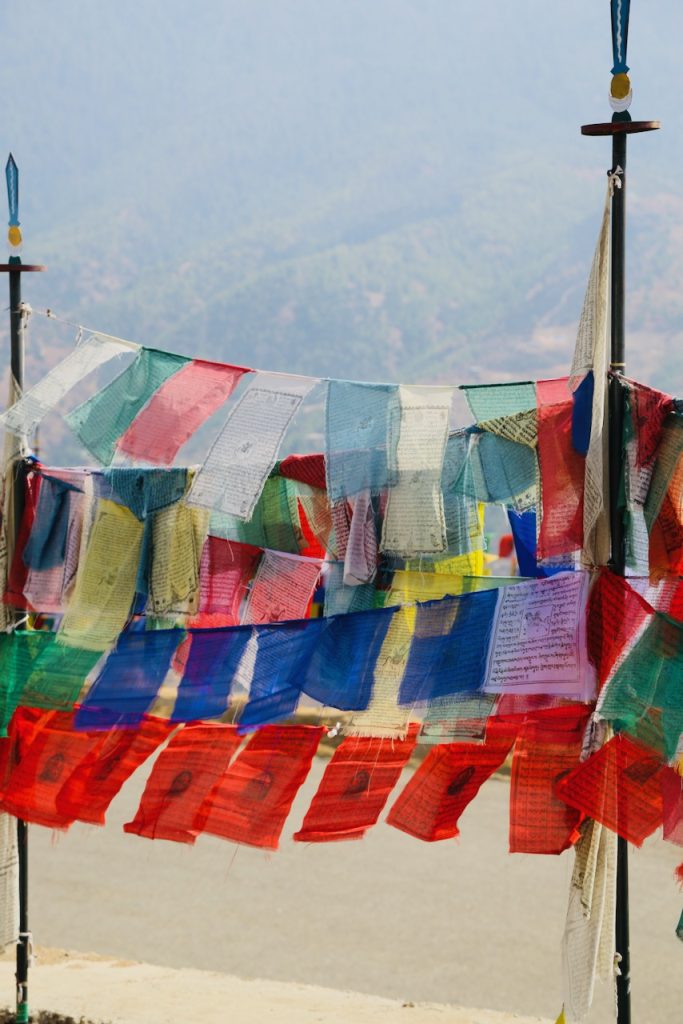
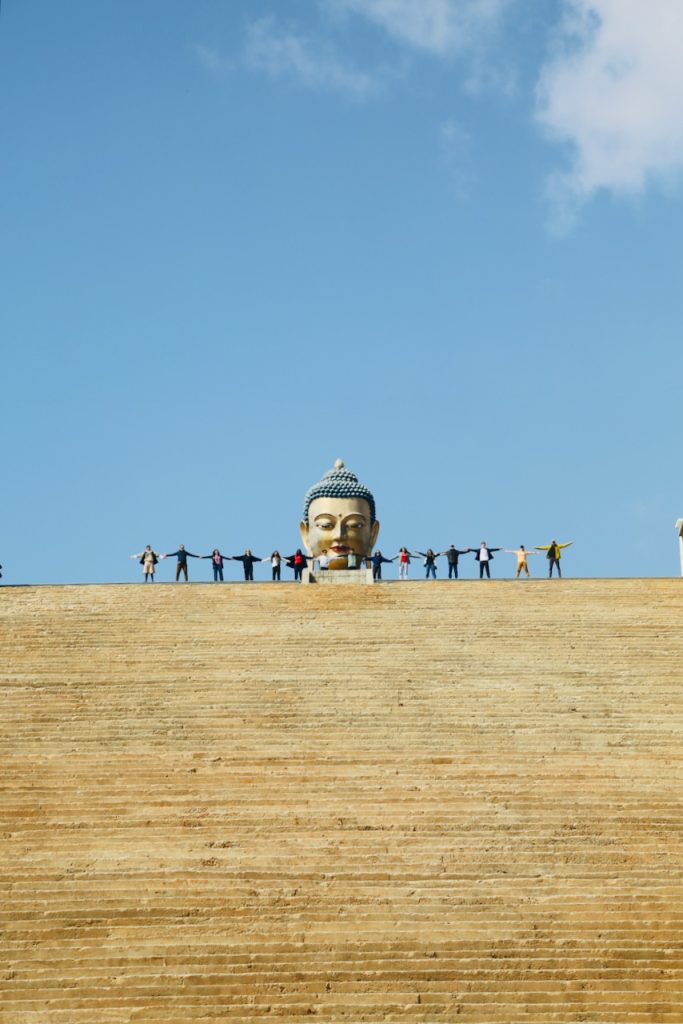
The destinations we explored today represent Bhutan’s deep connection to its past, its religious and cultural heritage, and its efforts to preserve and celebrate its traditions. Each day, we are reminded of the endless tradition in this country, and are always eager to learn more about the history behind each experience. As we arrive at the Punakha Hotel River Valley, we prepare for the next two days at Ugyen Academy, one of the top independent schools in Bhutan. Having prepared dances and songs to perform that explore Canadian culture, we are equally as excited to learn about the students’ daily life in Bhutan.
As we wrap up our first full day in Bhutan, we cannot help but marvel at the deep, rich history that is woven into the very fabric of the country. From the towering Great Buddha Dordenma statue to Dochula Pass, the country’s past is evident at every turn. However, it is not just the past that is shaping Bhutan’s future. We are also witnessing the country’s willingness to embrace the outside world and expose itself to a variety of new perspectives.
